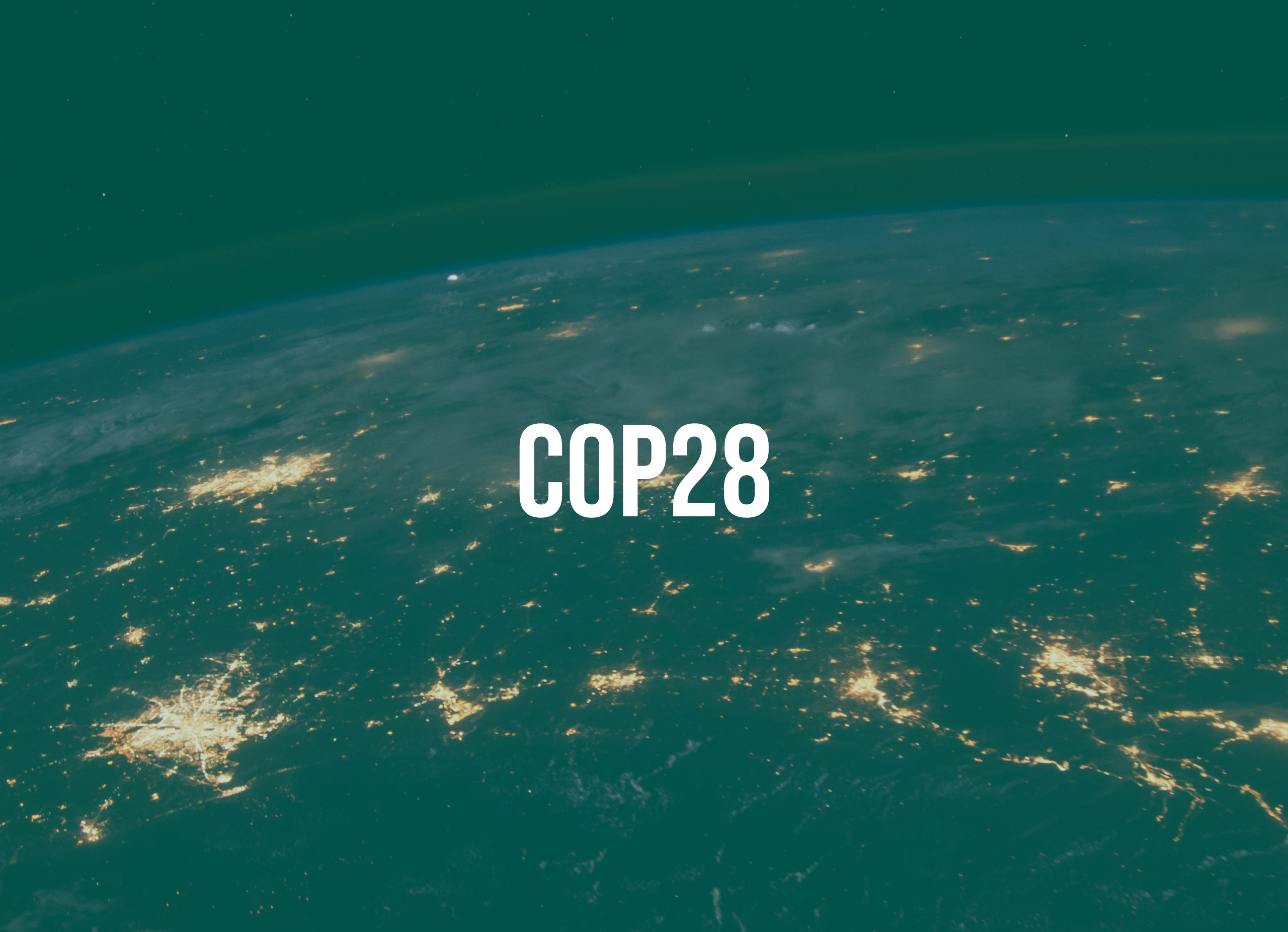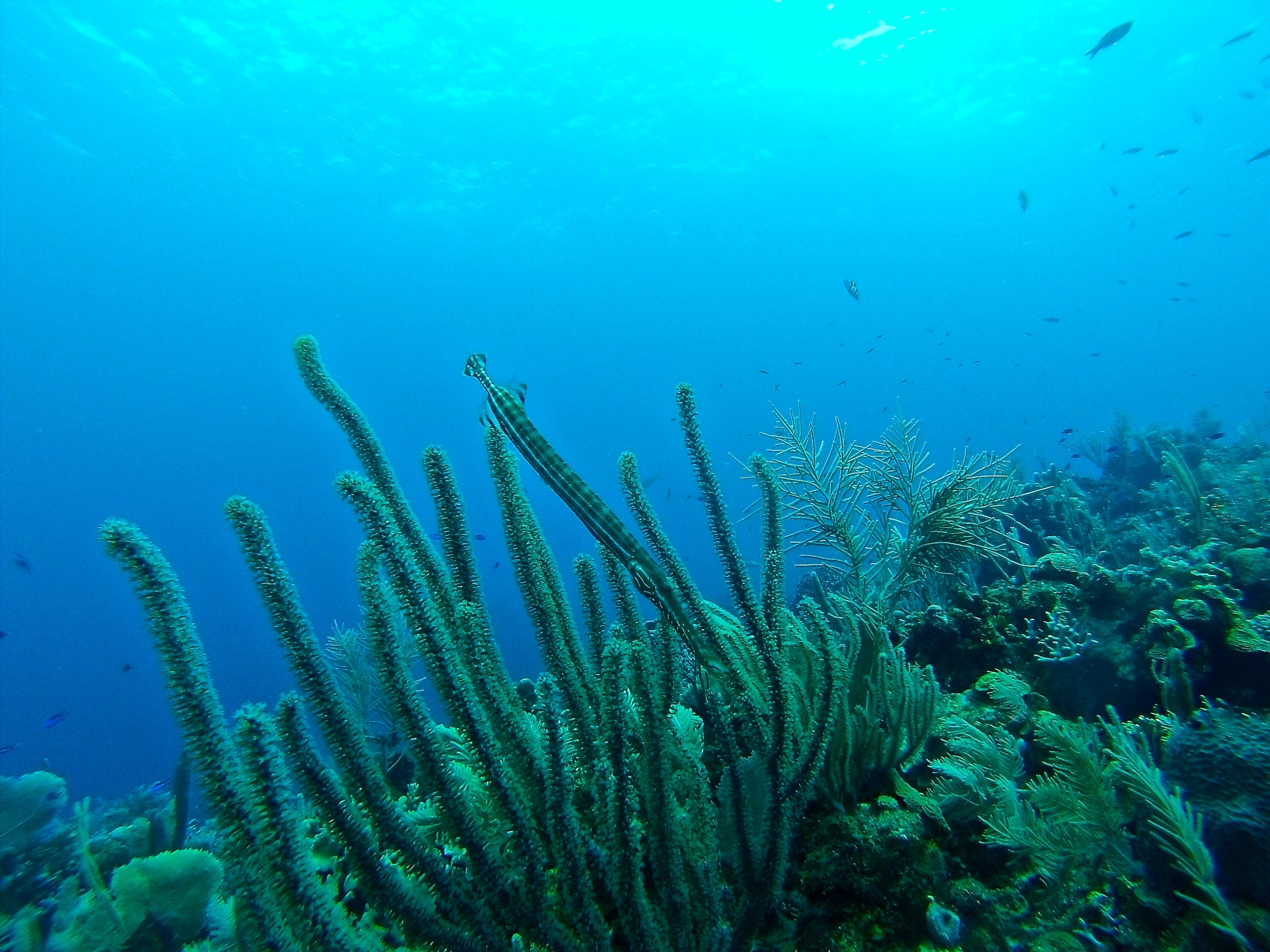As extreme weather events increase in frequency, they inevitably put the lives and assets of people at ever greater risk. Between 1998 and 2017 alone, countries hit by extreme weather events reported direct economic losses valued at 2,908 billion USD, of which 2,245 billion USD was caused by climate-related disasters.
To safeguard livelihoods and provide support for businesses both insurers and insured parties require access to reliable data and information on the changing climate.
To this end, the International Foundation Big Data and Artificial Intelligence for Human Development (IFAB) has joined forces with the Euro-Mediterranean Center on Climate Change (CMCC), and Leithà to create an extreme weather index that can bring fundamental change to the way in which insurers do business.
On January 21 the European Extreme Events Climate Index (E3CI) will be presented during a live-streaming webinar that brings together a broad range of experts in discussing the main features of the index. The objective is to showcase the index and at the same time encourage dialogue and feedback by experts.
“The E3CI is a great example of effective technology transfer and a great display of cross-sector collaboration that is the trademark of IFAB’s guiding mission,” says Dr. Avesani, Chief Innovation Officer at Unipol and CEO of Leithà.
The potential to become a game-changer
As climate change continues to generate financial impacts individuals and businesses will require insurance policies tailored to these kinds of liabilities. The publication of a certified database that maps past extreme weather events can provide objective criteria with which to analyze the exposure of assets at risk. This will allow more effective insurance coverage, bringing benefits to both consumers and the insurance companies themselves.
“When insurance companies cover people with a policy they take on a risk which then they also need to cover for,” explains Avesani.
Traditionally this is done by insurance companies purchasing reinsurance policies from third parties so as to limit their own total exposure.
However, this is not a liquid and transparent market. Indeed this is a market based on bilateral, over-the-counter transactions. The E3CI can help change this by generating indices that allow for the development of activities that could then be traded on financial markets.
“The true potential of the E3CI is that it can change the way financial and insurance markets operate, by providing indices against which weather-related hazards can be more accurately measured. The advantage of doing this is that if I go through the market I can make these liabilities tradable and therefore increase transparency and raise competition, which comes with advantages for both insurers and the insured,” says Avesani.
“Basically, the publication of E3CI is a first small step towards making weather-related liabilities tradable on financial markets. It lays one of the building blocks for a market that hasn’t existed up to now and that was managed through bilateral transactions,” he continues.
What is the E3CI
“The E3CI aims to define a synthetic index that provides information about the areas affected by different types of weather-induced hazards and the severity of such events,” says CMCC scientist Guido Rianna.
From a methodological perspective, the E3CI draws on the North American Actuaries Climate Index (ACI) addressing five main hazards: cold and heat stresses, droughts, extreme precipitations and winds. These indicators are identified and computed on a monthly basis so as to generate information on the occurrence and magnitude of weather-related hazards.
“The index provides an objective indicator of the frequency of extreme weather which can prove instrumental in the assessment and mitigation of financial consequences of risks and in the summarization and presentation of complex data,” explains CMCC scientist Paola Mercogliano.
In fact, data will be made available for free in two different formats: firstly, in a visual format that contains maps and synthetic graphs in an online dashboard hosted by the IFAB website; and secondly, for expert users, raw data for specific months or Administrative Level Units can also be downloaded.
This is an important first step in providing practical uses for the extensive research and data collection that has gone into developing the index.
Scientific research with purpose
“We want to promote research projects that have a large impact on the real world. We don’t want to stop at research but want to ensure that it becomes applied research. The E3CI is a perfect example of this. It will bring benefits to both insurers and insured parties who will be able to access more transparent prices,” says Avesani.
IFAB’s mandate is to promote cooperation between the public and private sector in the field of innovative technologies. For this reason, it decided to fund the E3CI project, in an effort to ensure that research finds applications in the economic and business worlds and produces tangible benefits.
On January 21 the E3CI will be presented via live streaming (click here to register), in what is a first and significant step in its deployment into the real world. “Now it’s time to get to work in refining, amplifying, and connecting exposures to the index. We have put the E3CI out there, now let’s see where it goes,” concludes Avesani.






